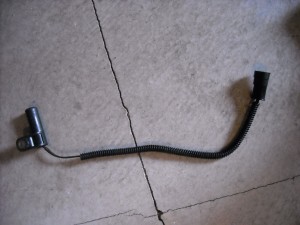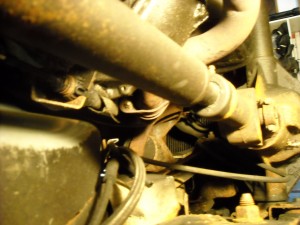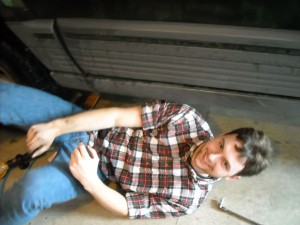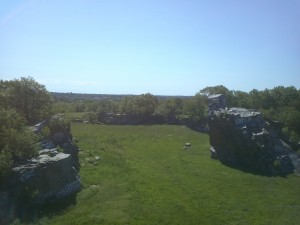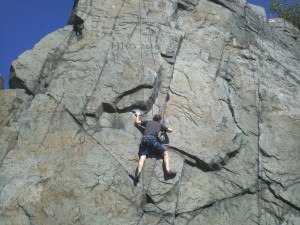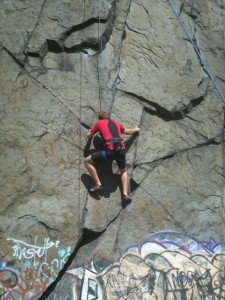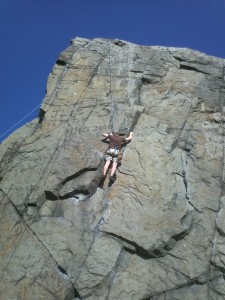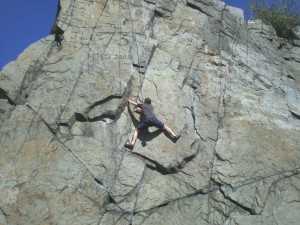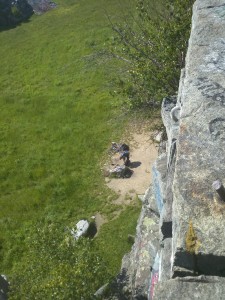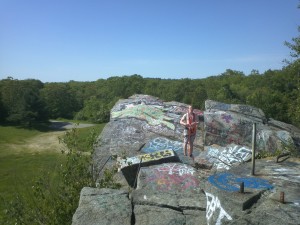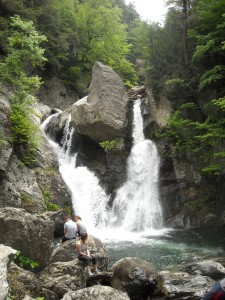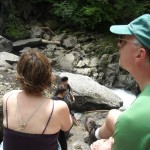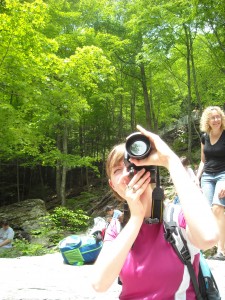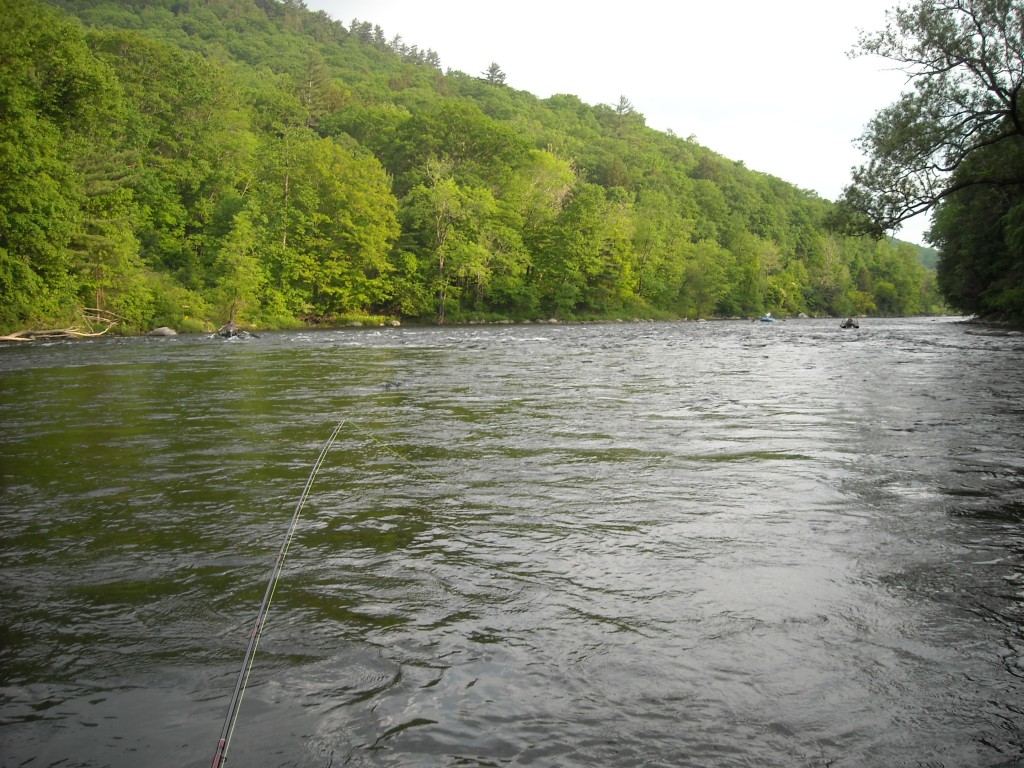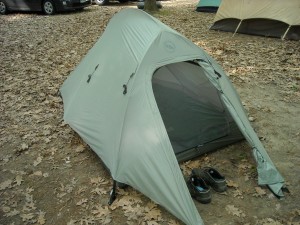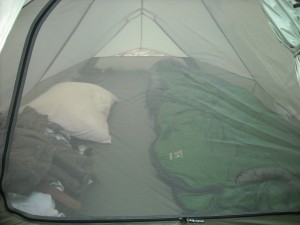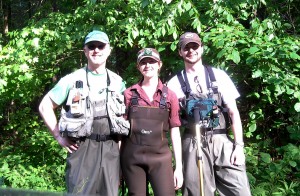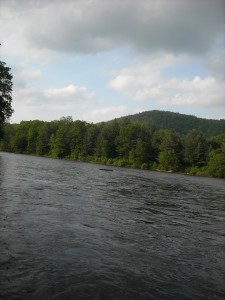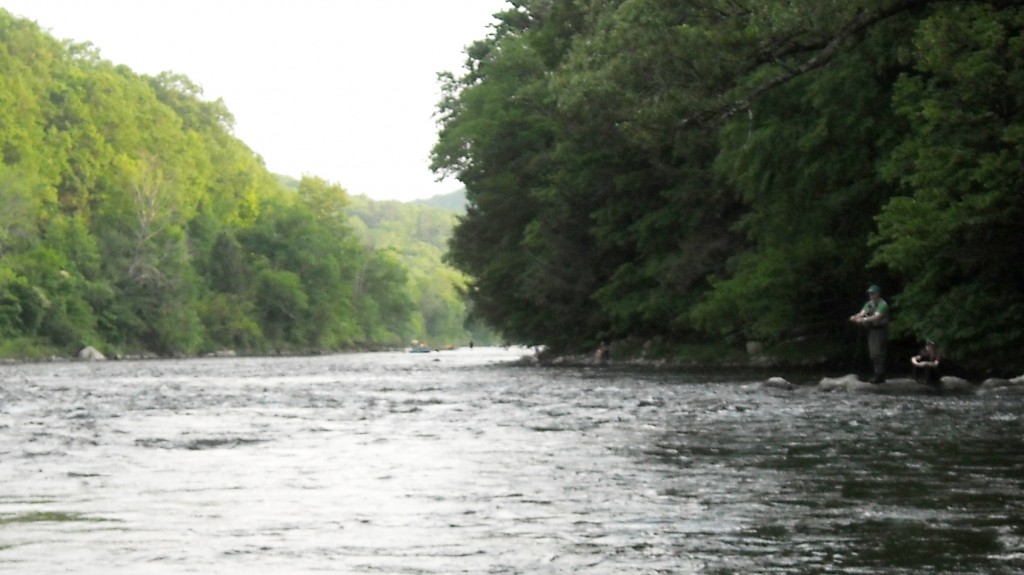Although I’m withholding final judgement–the beast is fixed! Anyone who knows me knows I’ve had problems with my 1995 Jeep Grand Cherokee Laredo 4.0 6-cyl for what seems like ages. It’s been having issues (well, one issue in particular) since at least fall of last year. I’ve only owned the car for 5 years now, and I didn’t want to give up on it just yet–most of the time it ran great.
Fixing the car was definitely an adventure involving a lot of research, trips from Boston to Autozone and my parents house to work on the car in their garage. I also had it in a shop a few times for minor part installs, in hopes they would have a solution.
Get ready for a long winded account of how I fixed it.
The problem
Last fall, my car started randomly “stalling” while I was driving–and it’s an automatic. This would happen at any speed, in any gear, at completely random intervals. For awhile I was completely stumped, sometimes I’d go an entire trip without a hitch, sometimes it’d be stalling left and right.
(If you’ve happened to find my site searching for a solution to this stalling issue, skip down to the solution heading.)
Eventually I had to start telling my friends, “hey, if my car stalls while we’re driving, don’t worry about it, it just happens sometimes.”
I did some routine maintenance stuff and cleaned a few parts, but even after reading countless posts on Jeep forums, I didn’t know where to start–it could be any number of things, for example, my Jeep computer could’ve gone haywire.
I took it to a shop, and they had no ideas. It was definitely an esoteric Jeep specific problem.
The arduous process
I then decided I’d have to figure it out myself and do the fix, rather than have a shop throw parts at the car and be charged premiums on parts and labor.
I started reading Jeep forums about similar issues–a lot of them. Whenever I had some time I’d try all sorts of keywords to locate someone who had my problem. There was tons of information on the internet, especially since Jeep owners in particular seem to love to tinker with their cars.
In the meantime I started replacing things that needed to be swapped out of my almost 16 year old car, and also tried a few parts that were my best guess from what I’d read.
I did a bunch of stuff, starting with simple tasks like cleaning the battery posts and throttle body. Eventually I replaced pretty much the entire ignition system–ignition coil, wires, spark plugs, distributor cap & rotor, and the cam shaft sensor. The spark plugs were worn, and the coil was cracked so it was good to get new parts in there. I changed my fuel filter and oil filter. I had the map sensor, o2 sensor, and coolant temperature sensor changed. I cleaned the IAC sensor, eventually changed it, then changed it back.
None of this fixed the problem, although it did help the car. It took a number of weekends to swap out the parts. Whenever I had a free day I’d go home and do just a few parts, since I didn’t want to install too many new parts and not be able to test the effect of each one on the car.
The solution
One part that kept being mentioned online was the Crankshaft Position Sensor, or CKP / CPS as I’ve seen people refer to it. At first I ignored looking at it, because it was one of the more expensive sensors, changing it involved becoming a contortionist (as one Jeep owner put it), and it wasn’t always the fix.
What the sensor does is magnetically determine gaps in the teeth of the crankshaft disc, and use the output voltage as an aid in the rest of the engine’s timing to control emissions.
Eventually I ran out of other ideas, and so I bought a Duralast Crankshaft Position sensor. Not to ruin the suspense, but if there’s one thing I learned while replacing this sensor, it’s this: Don’t Ever Buy Duralast Sensors for your Jeep. In fact, I plan to avoid Duralast if at all possible in the future. You’ll see why in a moment. I read warnings from other Jeep owners on the forums, but figured I’d be fine. I was wrong.
A few months ago I replaced the old Jeep CKP sensor with the Duralast one. It took awhile. The youtube video I watched said you needed to remove a bracket in front of the CKP bolt to get it at. Nothing is ever as simple as it sounds on an older car–this bolt and bracket were completely rusted together. Also, as I found later, you don’t need to remove this at all.
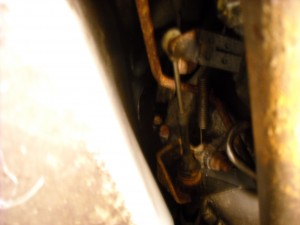
View from under my Jeep. The Crankshaft sensor is held in by the top bolt that is in the middle of the photo, and it goes into a slot on the right.
The results was this: the car no longer stalled (great!), but every 15 minutes or so in a cycle it would buck and miss and stutter and have no power when you try to accelerate. It was even less drivable. It actually took me awhile to link the change in the symptoms back to the new part, I think I just couldn’t believe that a brand new part could be faulty.
At this point I was desperate. I was so sure the new sensor was going to fix the issue, and now instead I had a new problem! What the hell.
The right part for the job
I redoubled my efforts on searching Jeep forums until I found a few threads that convinced me the Duralast part wasn’t going to fix the car, I needed a real MOPAR original Jeep part.
My Dad managed to swing by a nearby Jeep dealer, since of course I was stuck in Boston without a working car. He picked up a new sensor, and I came back on the train to do the install, a trip which was quickly becoming routine. I pulled the CKP out again, much quicker this time, only to discover that I had the wrong MOPAR part! I couldn’t believe it. The Jeep parts department at the dealer swore to my Dad it was the right one. Instead I had a harness for a Cherokee…not a Grand Cherokee.
This weekend for a third time I pulled the part, and finally swapped in the new (correct) one. After about 2.5 hrs of driving, I haven’t had an issue.
This week I should finally be able to call my Jeep fixed, and not have to worry about repairs for awhile. It’s been a long road to this solution.
This repair wouldn’t have been possible without the help of my Dad and his expansive tool set, nor the countless posts on similar Jeep problems from various Jeep forums. If anyone finds this page who has the same problem and wants any information, feel free to contact me.
